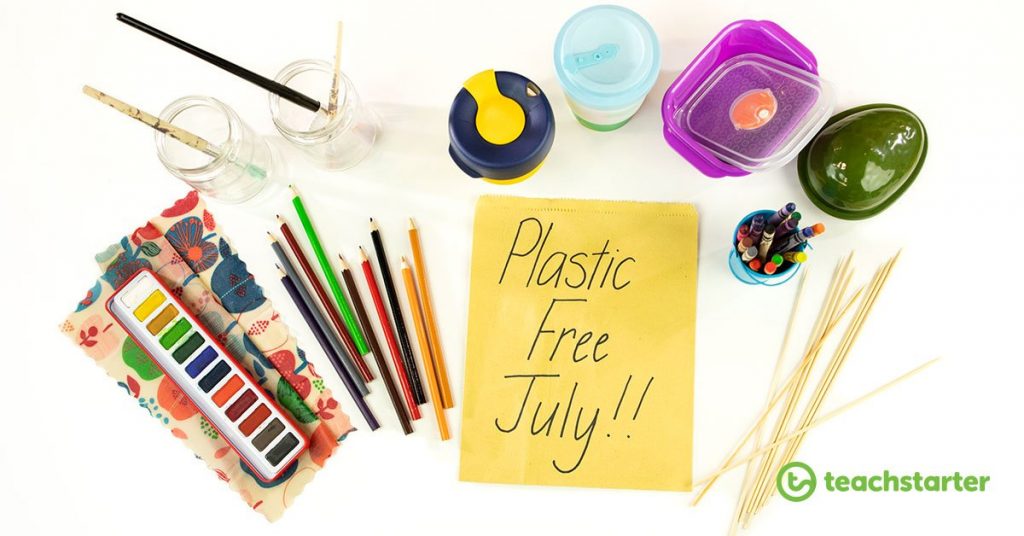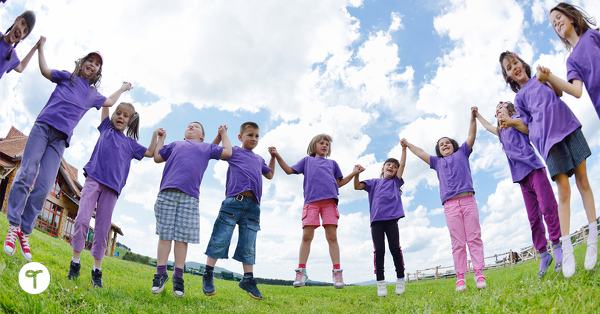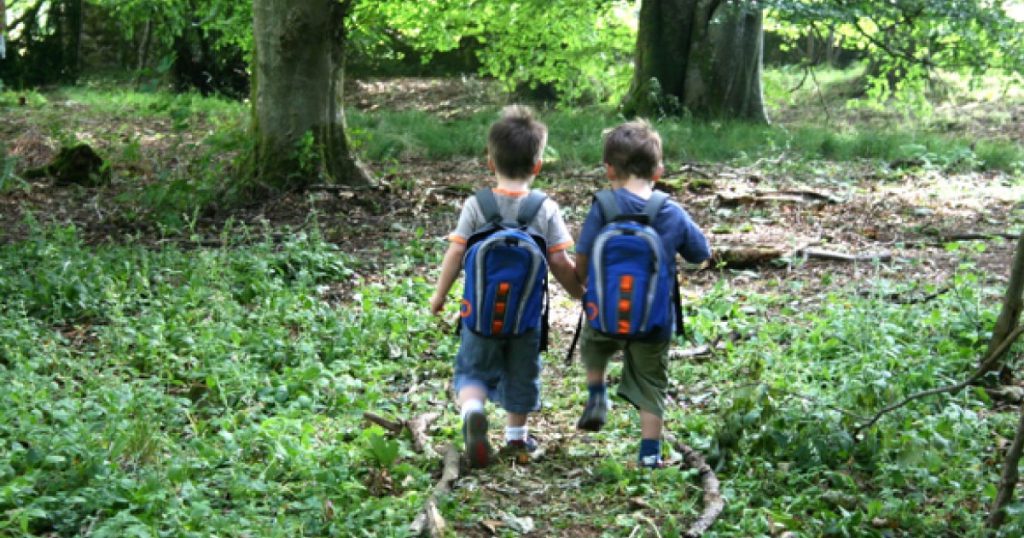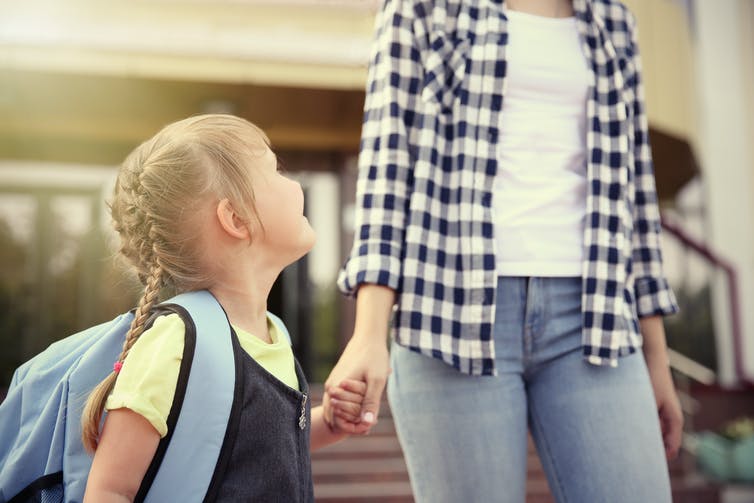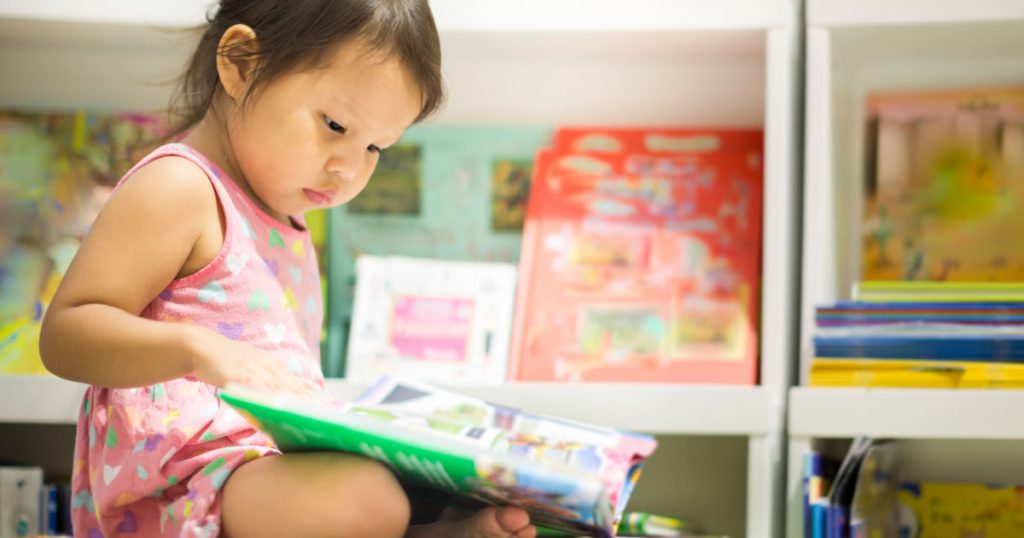If you’re dedicating some of your teacher summer to getting ready for next school year, you’re in good company. As much as we’d like to put our feet up and eat bon bons, the truth is summer break is full of planning for most teachers. But that means we have some time to breathe and think thoughtfully about what we’re doing — and maybe incorporate Plastic Free July into things.!
If you’re not familiar with Plastic Free July, here’s the quick overview: An initiative of the Plastic Free Foundation, Plastic Free July aims to reduce the amount of plastic waste in the world by raising awareness and challenging people to refuse single-use plastics. More than 326 million people in 177 countries take every year!
Plastic Free July in the Classroom
But wait, what does this have to do you with you and your glorious summer before you go back to school?
If you know Teach Starter, you know that we are all about promoting sustainability and environmental awareness (you can find out a little more about our One Million Trees Project here!). We also know that many schools are full of waste — from piles of paper that could be recycled to all that food that could really make a fantastic composting program. But hey, one thing at a time … we’re here to talk about plastic.
We thought we’d use Plastic Free July to give you something to mull over as you prepare for next term! It turns out as much as 78 percent of the waste in schools could be put to better use. And when it comes to plastics, there’s plenty you can avoid entirely.
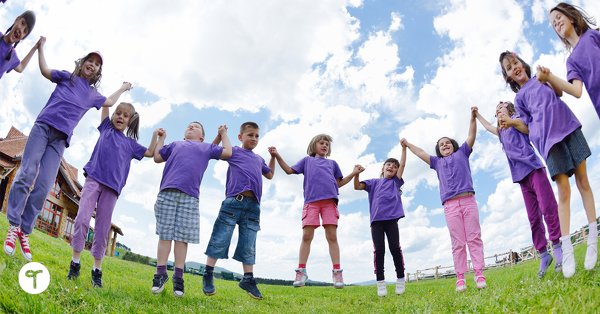
We know you’re going to be incredibly busy at the start of the next school year – you’re a teacher, after all! On top of curriculum, behavior management, and taking care of your own teacher wellbeing, driving sustainability in your classroom may be an afterthought! So, to help you get sustainability integrated into your classroom without fuss or time, we’ve done the thinking for you!
Quick Tips for A Plastic Free Time in Your Classroom
We’ve put together 6 quick classroom tips to minimize your plastic use that you can implement straight away in your classroom!
#1 Save on Laminating
Laminating takes up a lot of the teacher’s time at the beginning of each year. And for good reason! You don’t want to be making displays and resources which are going to get tatty and torn and need to be re-done in 10 weeks’ time. However, laminating pouches and their cut-offs are a great example of a plastic we can do without.
Why not back your wall displays with cardboard to help them be a little more hardy?
As you start to prep for next year, print items on thick card or back them on cardboard (we recycled a paper ream box for our Rainbow Watercolor Classroom Theme Pack cards!). This is a great way to ensure they stay strong. You may have to put in a little extra time cutting and pasting, but you’ll save time waiting for the laminating to feed through!
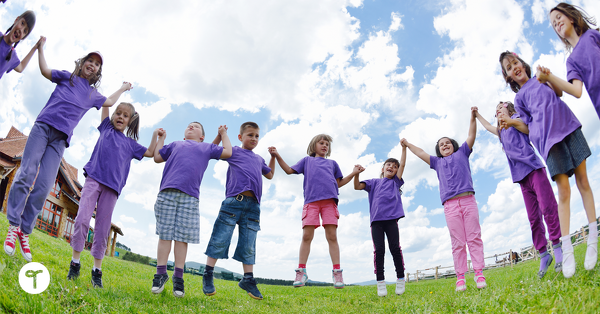
If you have printed a wonderful poster for your classroom, why not frame it? This is another great way to save on laminating, especially when it’s a larger item. When a poster is nice enough, you want to keep it for years to come. Grab a cheap frame and place it on top of a bookshelf or hanging it on a wall in your room! Check out the amazing posters in our Positivity Resource Collection.
#2 Construction and Crafting Materials
Construction and crafts don’t have to be driven by plastic. Your students will have just as much fun without those bendy straws! Teachers are already really savvy when it comes to reusing and recycling, but there’s always more you can do!
Try toothpicks, popsicle sticks and wooden skewers instead of straws — these make fantastic for construction materials without a shred of plastic!
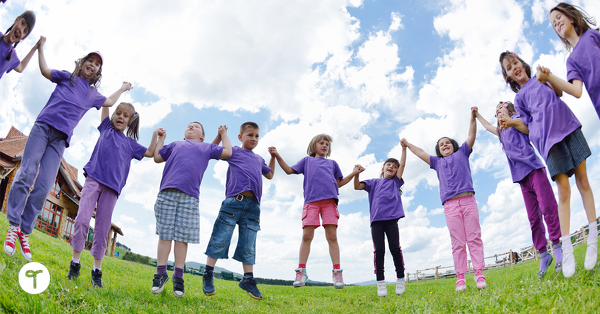
Making simple swaps in your craft cabinet will have a big impact on the planet in the long run.
Give one of these swaps a try:
- molding clay (which can be collected and re-used) instead of sticky tape
- scrap paper and broken-up cardboard boxes from materials brought from home instead of fresh sheets (check for health and safety first!)
- foil instead of plastic wrap – foil, when collected in a size-able ball (think the size of your fist) can get chucked into the recycling bin with the paper!
#3 Storing Art Resources
Art is one of those tricky areas – you can try all you might to mitigate the environmental impact with the resources you choose to use, but sometimes you just can’t avoid creating waste.
But don’t despair. A few simple tricks with how you store resources, such as paint, can make all the difference!
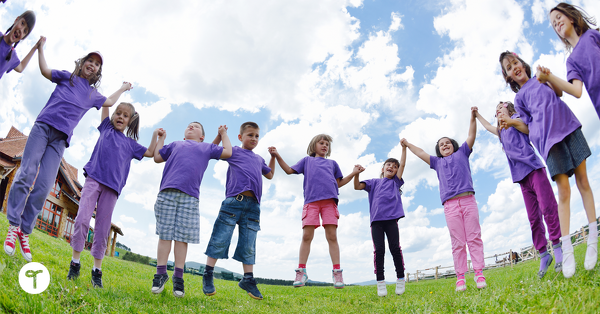 Swapping plastic wrap for beeswax wraps can save your paints AND the environment! These nifty kitchen accessories are useful for more than just the kitchen!
Swapping plastic wrap for beeswax wraps can save your paints AND the environment! These nifty kitchen accessories are useful for more than just the kitchen!
If you’re already being a bit savvy and buying your paint in bulk bottles, save on plastic pots, and use jars to pour paint into as you need it. This way, your students can easily see how much they have left, and you can close it with an airtight lid when you’re done. Repurpose jelly jars from home, or check the dollar store or Target for canning jars.
#4 Think About School Supplies
Just think about the staggering TONS of school supplies that get used up by a single student in a school year (seriously…it’s out of this world). It’s easy to see how making a few small swaps with school supplies can make a great difference!
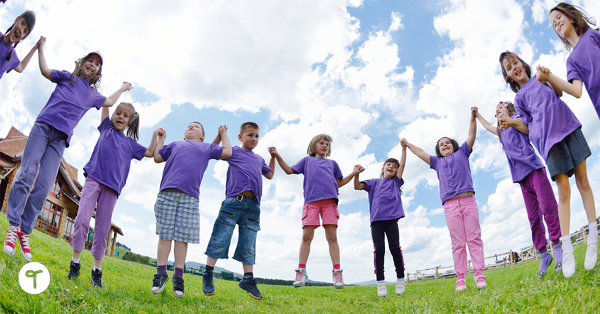
Encourage your students to use their school supplies wisely. Don’t sharpen unless you need to!
When you’re writing out your student supply list, think about the plastics involved. Mechanical pencils, or ‘pacers’, are fancy, but they are just plastic shells for regular old lead. What’s so bad about wooden pencils? They’re much better for the environment. You can even get ones that you can plant once you’re done and they’ll grow a tree!
Make the swap from wind-up crayons to the old-fashioned kind with a paper wrapper – these ones are also less inclined to snap off or cause distraction!
#5 Reduce Lunchtime Plastic
Meal times at school are one of the worst culprits when it comes to the use of single-use plastic. While you can’t control all your student’s lunches, you can make sure you are being a good role model when it comes to your own meal breaks!
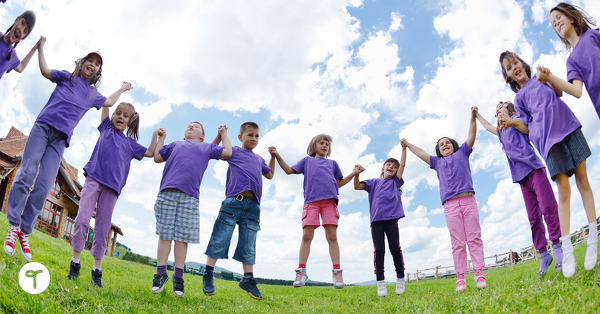
Here are some quick tips to get you sustainable savvy at lunchtime:
- Use a tumbler for your morning coffee, or make sure you carry a mug with you every time you go to the staff room for your much-needed cup of coffee!
- Use silicone or beeswax wraps for your lunch items, such as sandwiches and cookies.
- Bake at home and put a treat into a reusable plastic container. Better yet, buy some glass ones to further save the planet!
- Store leftovers in purpose-built containers, rather than wrapping them in plastic.
#6 Complete a Plastic Audit
If you want to maintain Plastic Free July and make it a plastic-free year, you need to get your class on board!
Completing a simple plastic audit is the first step to making your students aware of the amount of plastic they generate in a week. Ask your students to bring their plastics to class at the end of every lunch break, and take a tally of the number of items that would have otherwise gone into the trash.
Once your class sees the sheer volume of plastic they produce, educate them on sustainability with any of the resources in the Sustaining Our World Unit Plan. They’ll be quick to jump on the plastic-free bandwagon when they can see all the damage that single-use plastics do to the environment!
Brainstorm further ways to reduce plastic in your classroom, and start being sustainability superheroes with your class!
Why restrict it just to July?
There’s no better time than the present to start thinking about how you can turn next term into a plastic-free one!
Tell us your plastic-free swaps in the comments section below!
The post Plastic Free July Ideas Perfect for Teachers Trying to Minimize Waste appeared first on Teach Starter.
